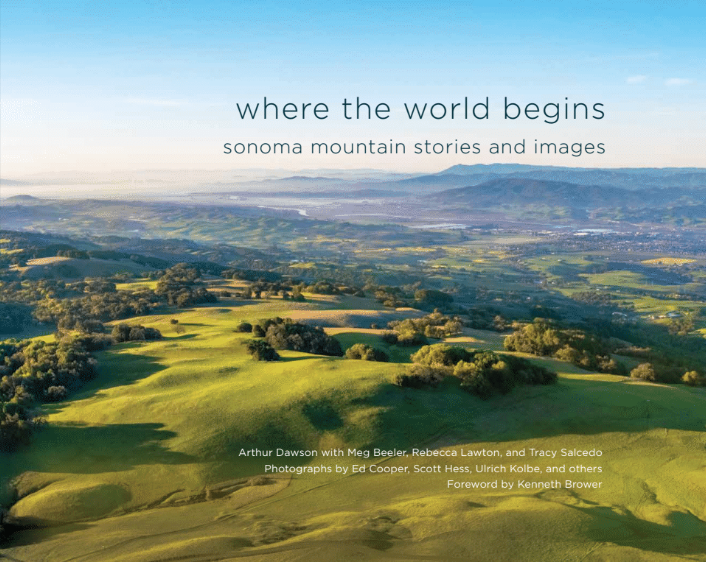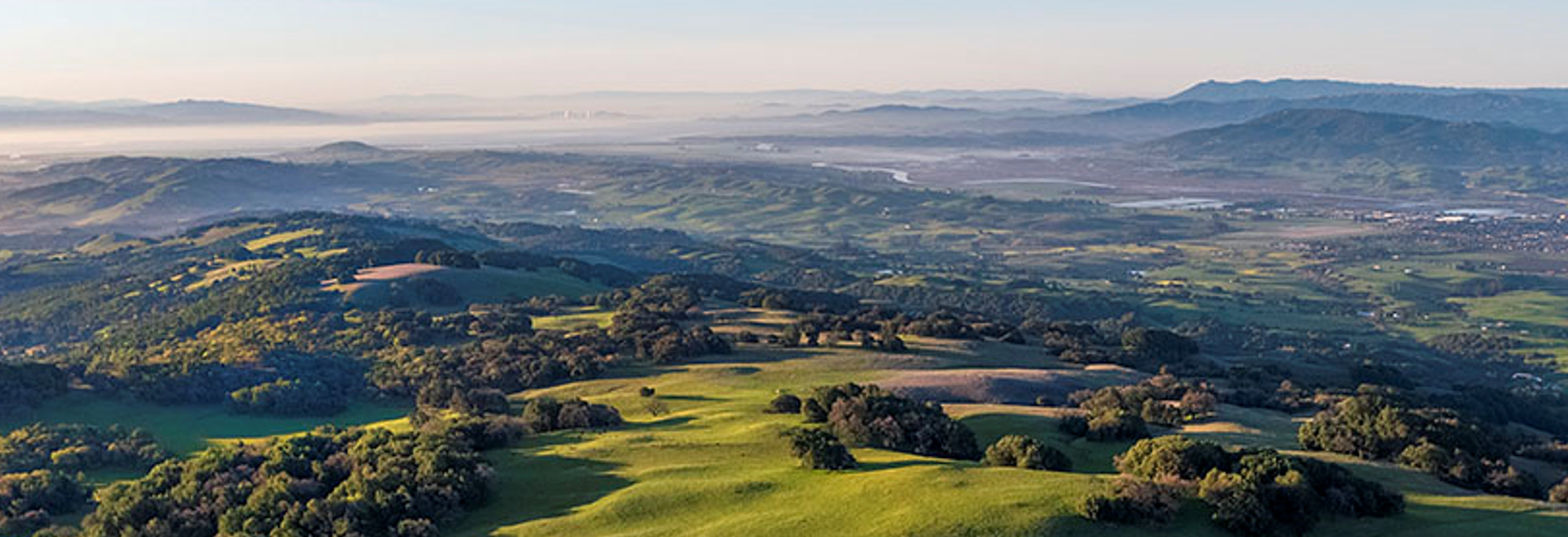A Short History of the Diamond A on Sonoma Mountain
The largest subdivision on Sonoma Mountain is known as “Diamond A,” a rural residential community accessed via Grove Street on the SE slope of the mountain. How did this 1,200 acres transition from Miwok hunting grounds to a subdivision of 240 parcels during the past two centuries? Who were the central characters in this history? Was there any public oversight of the subdivision process? Or, was it driven purely by private financial interests? Could it happen again in the 21st century?
In 1769, when the Miwok Indians of the Sonoma Coast first came in contact with Europeans, they numbered about 1500 and their hunting grounds included all of Sonoma Mountain. By 1930, the Miwok numbered about 500, and the mountain had been divided into parcels, and passed through various owners. The coyotes that the Miwok believed to be their ancestor and creator god still prowl the mountain and howl near the ridgeline at night, ignoring the artificial boundaries that have been placed on the land.
From 1834 to 1857 the southern portion of Sonoma Mountain from the Petaluma River to Sonoma Creek was part of “Rancho Petaluma,” a land grant to General Mariano Vallejo. By 1866, when the “Rowe” survey was recorded, the 66,000 acres had been split into many parcels – some sold by General Vallejo, others taken by Anglo squatters.
The 1897 Illustrated Atlas show the unmistakable shape of what was to become Diamond A Ranch, labeled “Henry A. Hardin 1240 acres.” Henry Andrew Hardin was born in Kentucky in 1833, joined an ox team train setting out from Missouri in 1852, and came to Sonoma County. He bought and sold various parcels before buying the 1,240-acre ranch in 1877 from Edward Halloran, which he owned until his death in 1920. After his death, three of his daughters sold the ranch to the Felder family in 1934.
The Felder family owned the ranch briefly and then sold it to the Berrien Anderson family in 1938. In 1961 Anderson sold the ranch for $400,000 to developers Thomas Burke and Jack Fisher.
~Helen Bates


